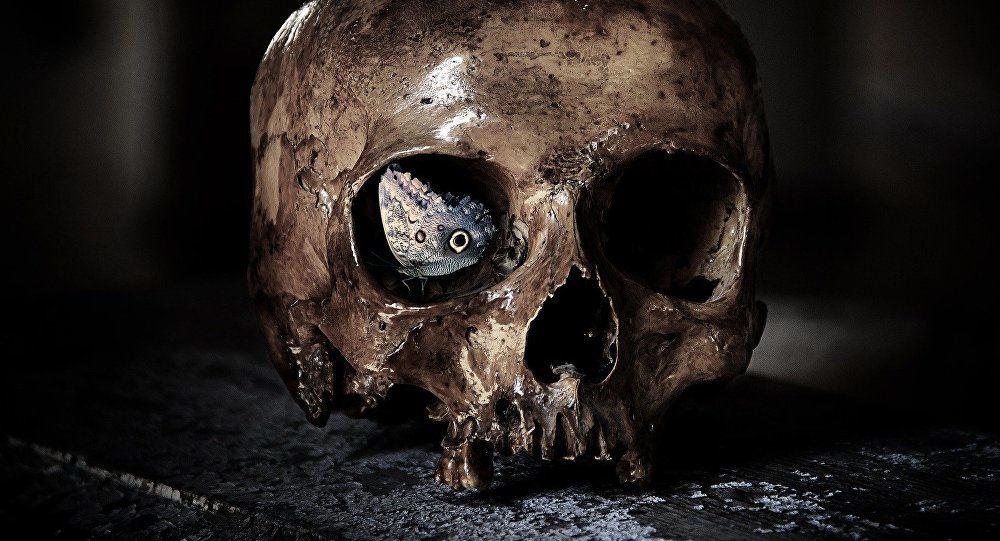New research carried out by two geneticists from the University of California, Los Angeles, has found evidence of an extinct branch of human.
Geneticists Arun Durvasula and Sriram Sankararaman found pieces of DNA from a so-called ghost archaic population hiding in the genomes of some living populations in West Africa such as the Yoruba of Nigeria and the Mende of Sierra Leone.The study, which was published in the journal Science Advances, is based on a comparison of genetic diversity in living Homo Sapiens, Neanderthals and Denisovans to track how new genotype variants arose in each branch of humans.
Durvasula and Sankararaman suggest that ancestors of West Africans and the 'ghost archaic' population interbred approximately 50,000 years ago, around the time when humans in Eurasia interbred with extinct Neanderthals and Denisovans. The researchers could not say what species of humanity the ghost archaic population belonged to.
The geneticists suggest that fossils like a 11,200-year-old skull found in the Iwo Eleru cave in Nigeria in 1965 might belong to this missing archaic population, according to The New York Times.
The new discovery may shed some light on human genetic diversity on the African continent, which has been difficult to study because of its sparse fossil records, although modern humanity is considered in the scientific community to have evolved in Africa.
The most effective way to test the results of the Durvasula and Sankararaman study may be to find a match the DNA from Iwo Eleru skull and the West African population identified by the geneticists, according to The New York Times.
"That's the gold standard," Sankararaman stated, adding, "I can't wait for that to happen.




Reader Comments
The discovery of the ghost hominin DNA in the African genome kills the Out of Africa hypothesis. Eurasians possess significant quantities of neanderthal DNA; Africans a small quantity of neanderthal, and significant admixture from a more archaic hominid; and Australasians possess large quantities of Denisovan.
The only model compatible with this pattern is that H. sapiens evolved in Eurasia, and then there spread to Australia and Africa. Humans didn't evolve in Africa, they devolved there.
They have even found a skull which is meant to be only 11,000 years old ... are they assuming that skull belonged to the last existing example of this branch?
Obviously we do not get even a theory as to how this branch survived for 989,000 years and then vanished